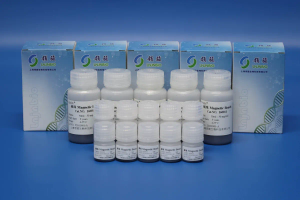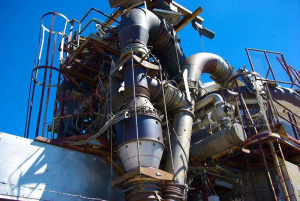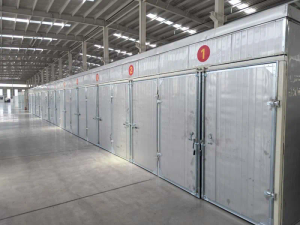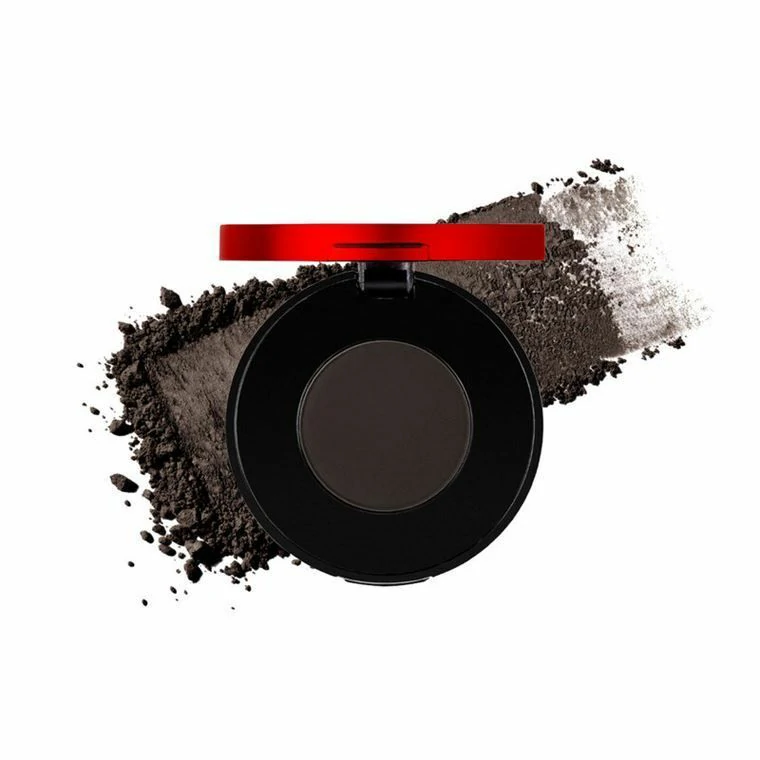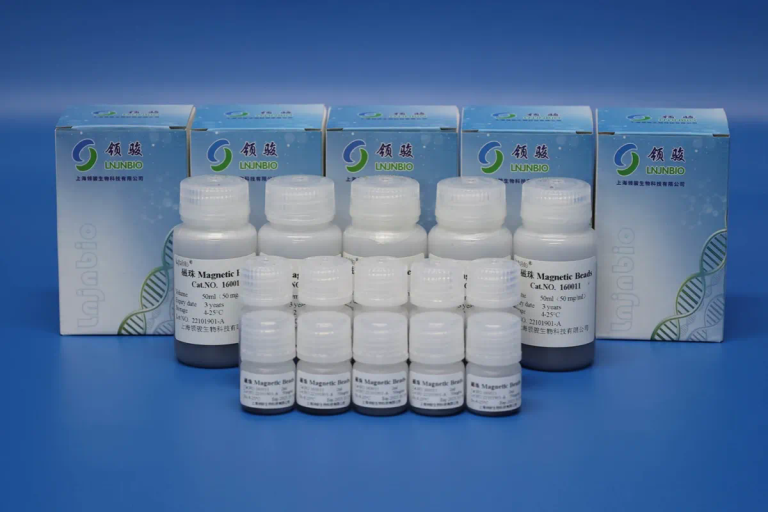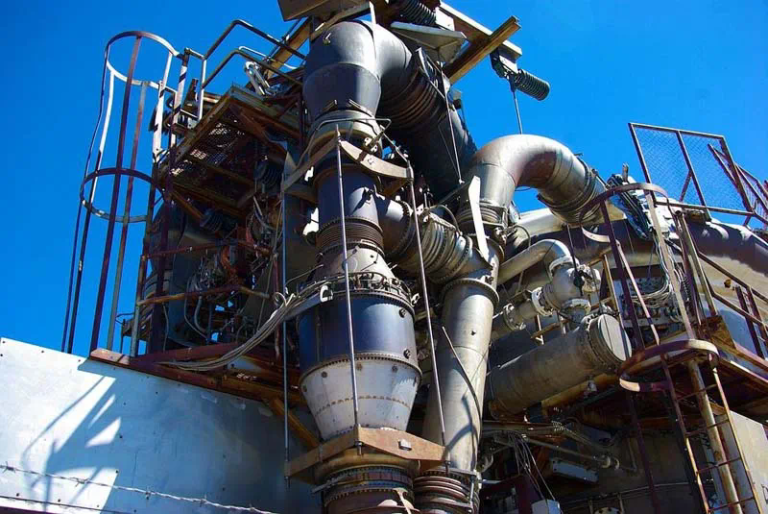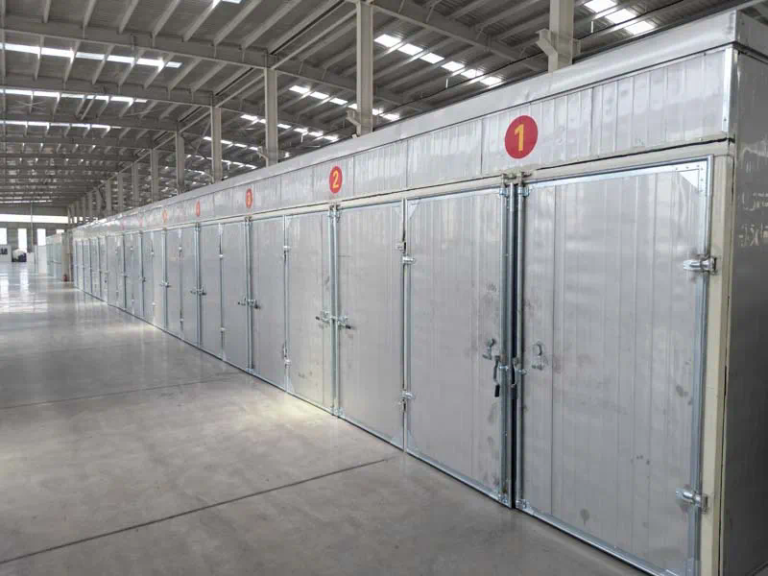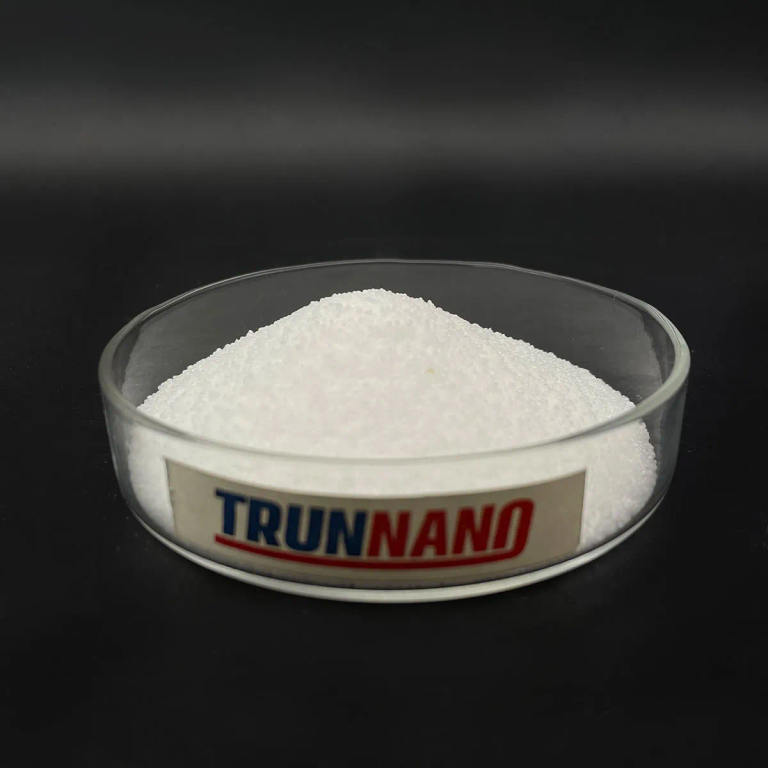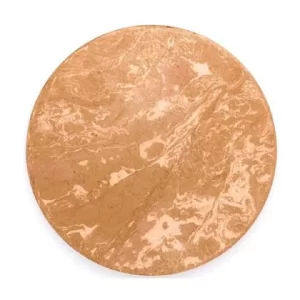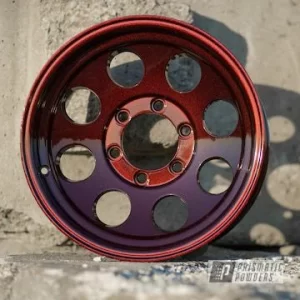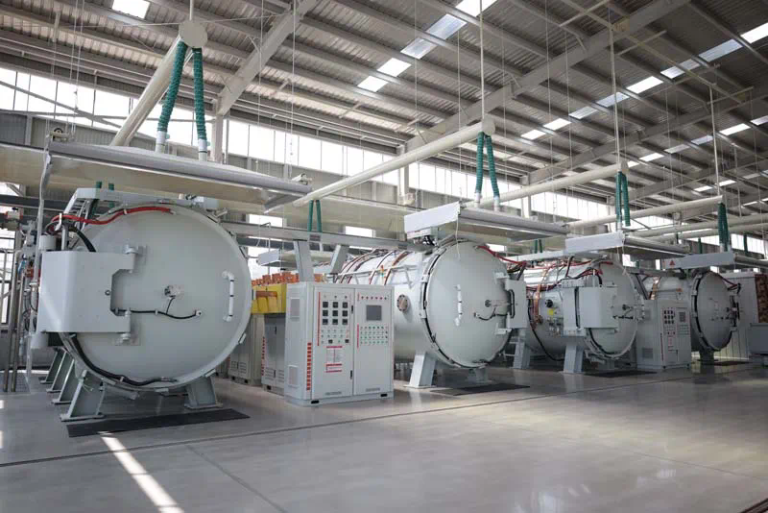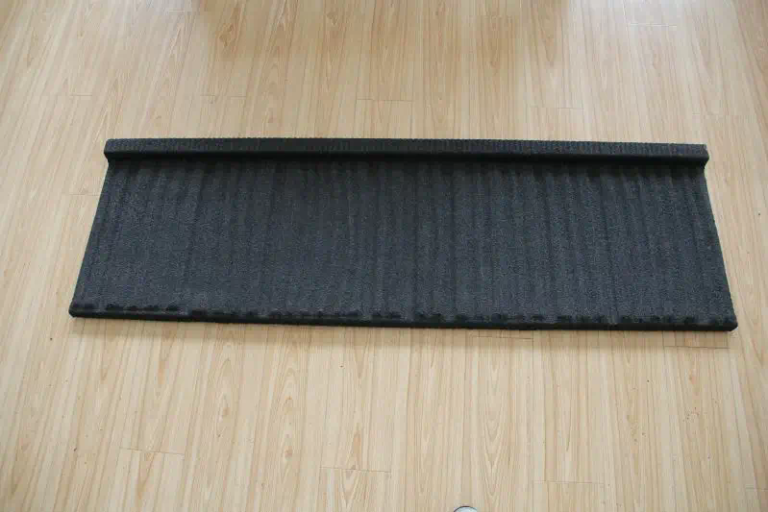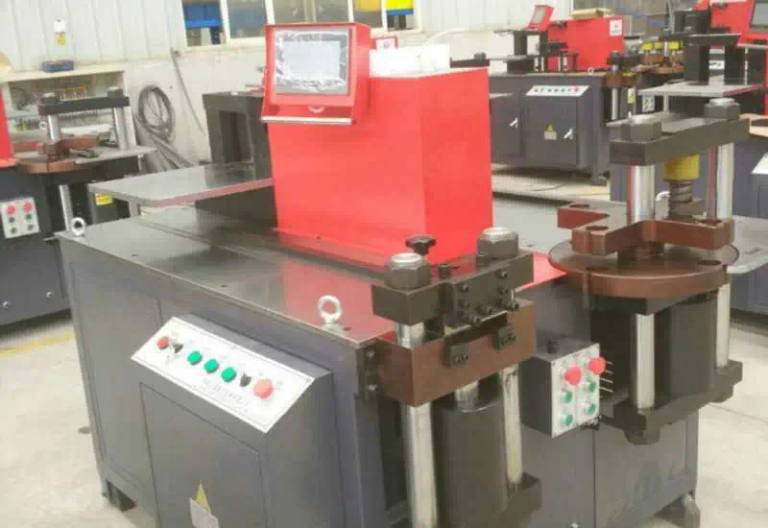The process of new graphene polypropylene melt-blown cloth material used in the key filter layer of graphene masks
Graphene, a one-atom-thick honeycomb lattice of carbon atoms, has gained significant attention in recent years due to its remarkable properties. Its exceptional strength, high thermal conductivity, and excellent electrical conductivity make it a highly versatile material with numerous potential applications. One such application is in the field of face mask production, where the integration of graphene into the filter layer has shown promising results.
The key filter layer in face masks plays a crucial role in preventing the transmission of harmful particles and droplets. Traditional melt-blown cloth materials, often made from polypropylene, have been widely used due to their effectiveness in filtering out small particles. However, they still face limitations in terms of breathability, durability, and anti-bacterial properties. This is where the incorporation of graphene comes into play.
The process of creating the new graphene polypropylene melt-blown cloth material begins with the synthesis of graphene oxide (GO) using the modified Hummers’ method. This involves the oxidation of graphite flakes, followed by exfoliation to obtain a stable dispersion of GO. The dispersion is then mixed with a polypropylene solution and subjected to ultrasonication to produce a homogeneous mixture.
Next, the mixture undergoes a melt-blown process, which is a widely used technique for creating nonwoven fabrics with fine fibers. In this process, the graphene-polypropylene solution is extruded through a spinneret, forming a continuous filament. The filament is then stretched by hot air, resulting in the formation of microfibers. These microfibers are randomly arranged, creating a highly porous structure with a large surface area for efficient filtration.
To enhance the filtration performance, the graphene polypropylene melt-blown cloth material can undergo additional treatments. One such treatment involves the introduction of positive charges onto the graphene surface through plasma treatment. This modification enhances the material’s ability to capture and retain particles, improving its filtration efficiency.
Furthermore, the graphene polypropylene melt-blown cloth material can be coated with antimicrobial agents, such as silver nanoparticles, to provide an additional layer of protection against bacteria and viruses. The coating process involves immersing the material in a solution containing the antimicrobial agent, followed by drying and curing to ensure its adhesion.
The resulting graphene polypropylene melt-blown cloth material exhibits several advantages compared to traditional melt-blown fabrics. Firstly, the integration of graphene improves the mechanical properties of the material, making it more durable and less prone to tearing. Secondly, the high thermal conductivity of graphene allows for better heat dissipation, reducing discomfort during prolonged mask usage. Lastly, the antimicrobial properties of the material help inhibit the growth of bacteria, enhancing overall hygiene.
In conclusion, the utilization of graphene in the key filter layer of graphene masks offers significant improvements in terms of breathability, durability, and anti-bacterial properties. The process of creating the new graphene polypropylene melt-blown cloth material involves the synthesis of graphene oxide, its incorporation into a polypropylene solution, and the subsequent melt-blown process. Additional treatments, such as plasma modification and antimicrobial coating, further enhance the material’s filtration performance. With ongoing research and development, graphene masks have the potential to revolutionize the field of personal protective equipment and contribute to the global fight against airborne diseases.
.webp)
